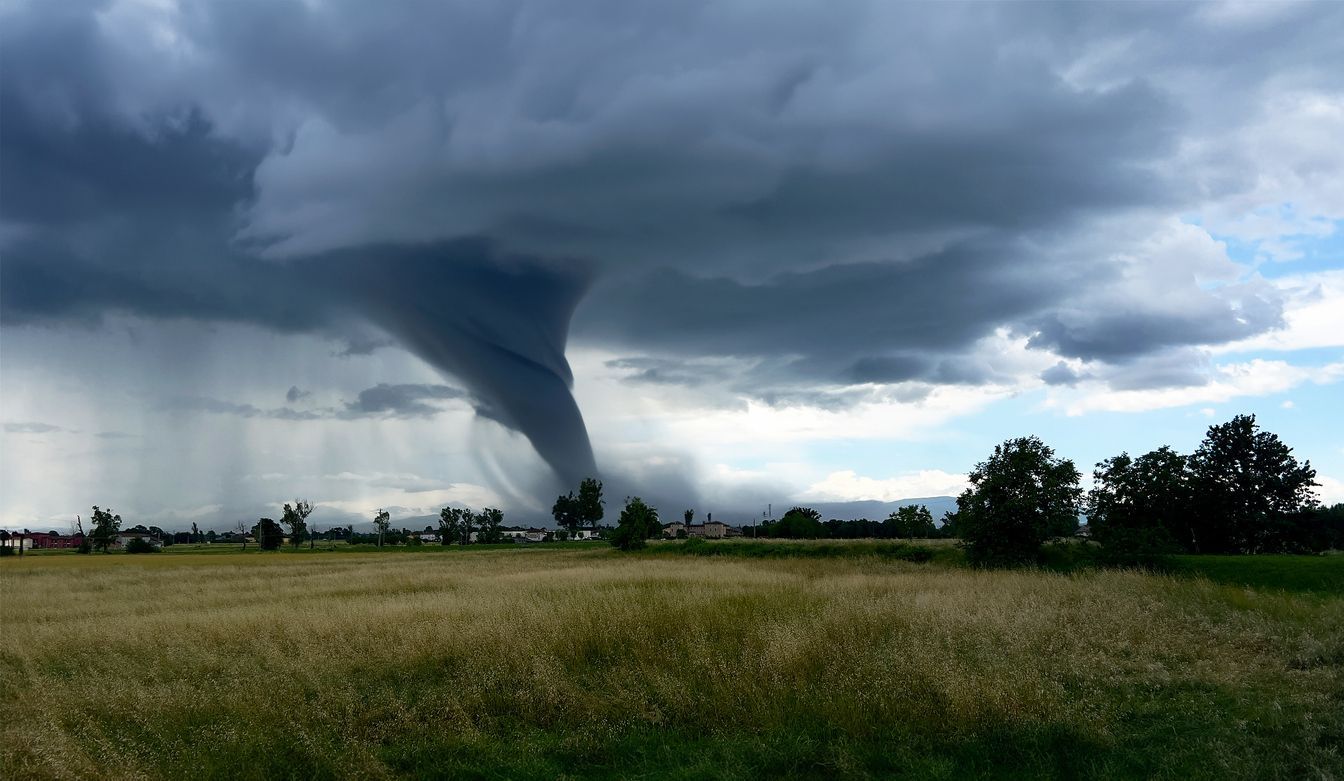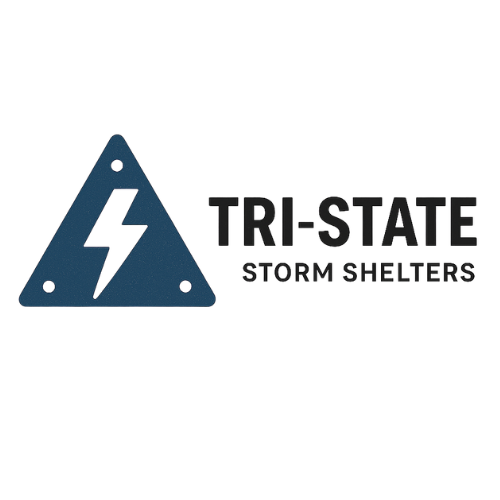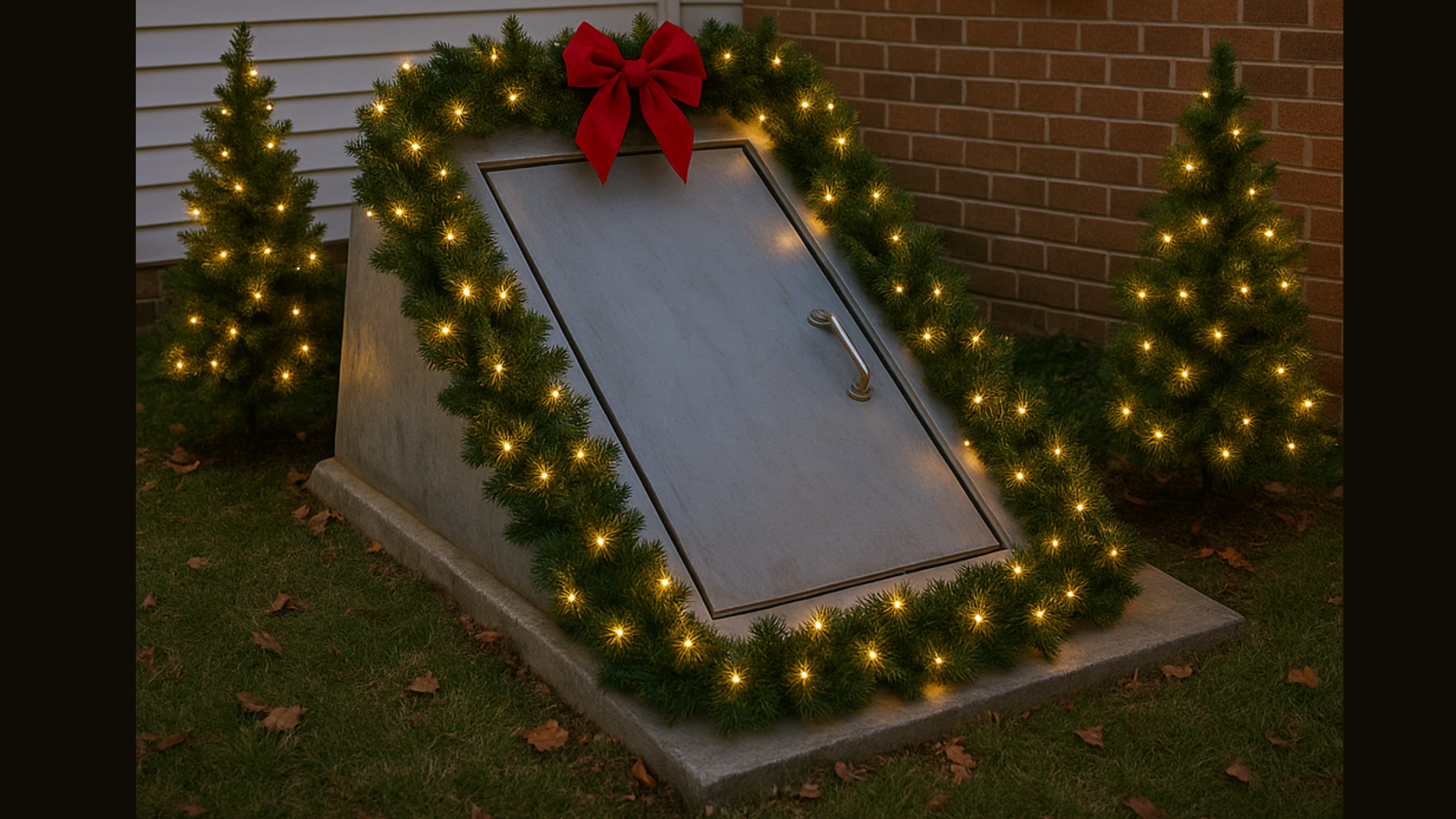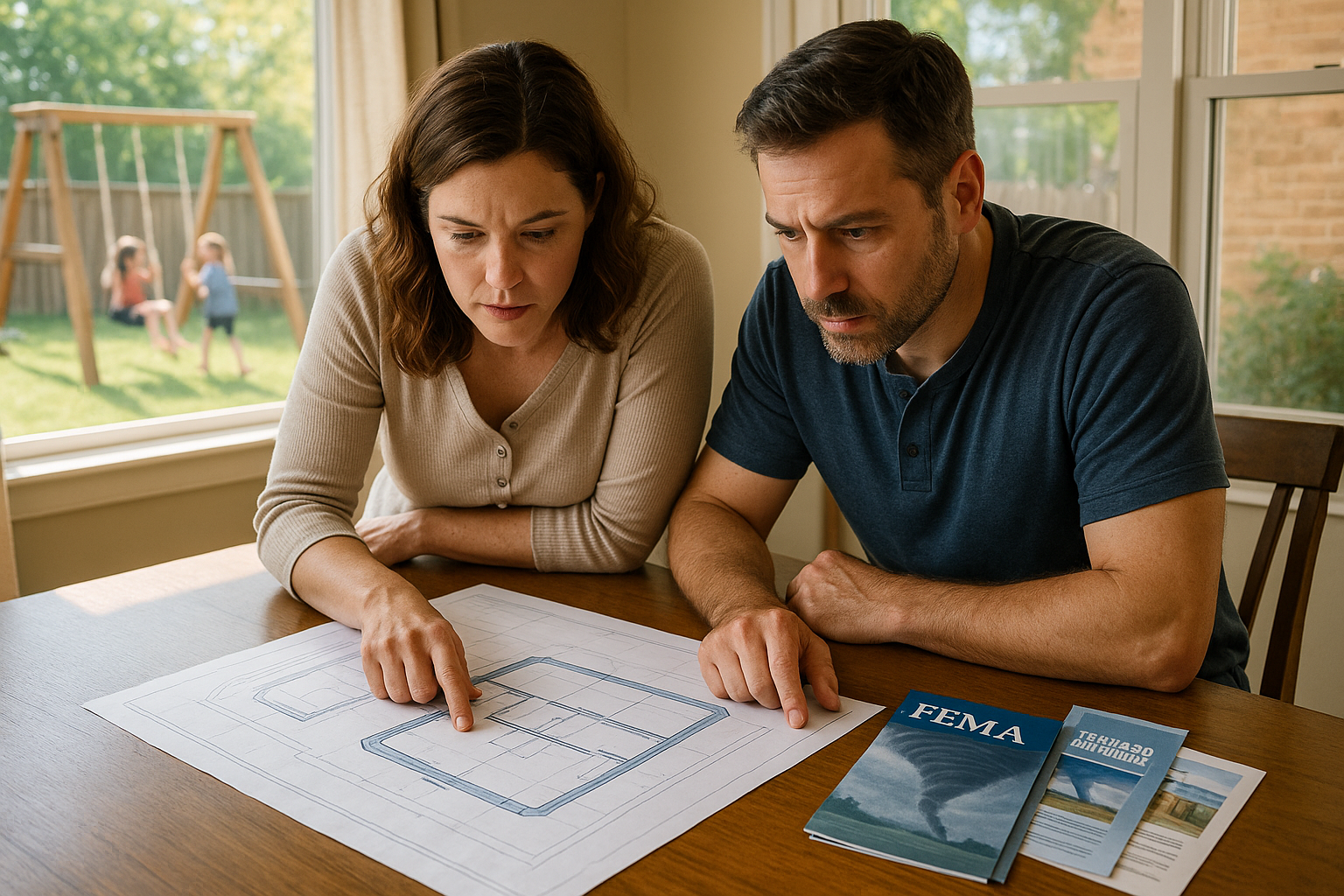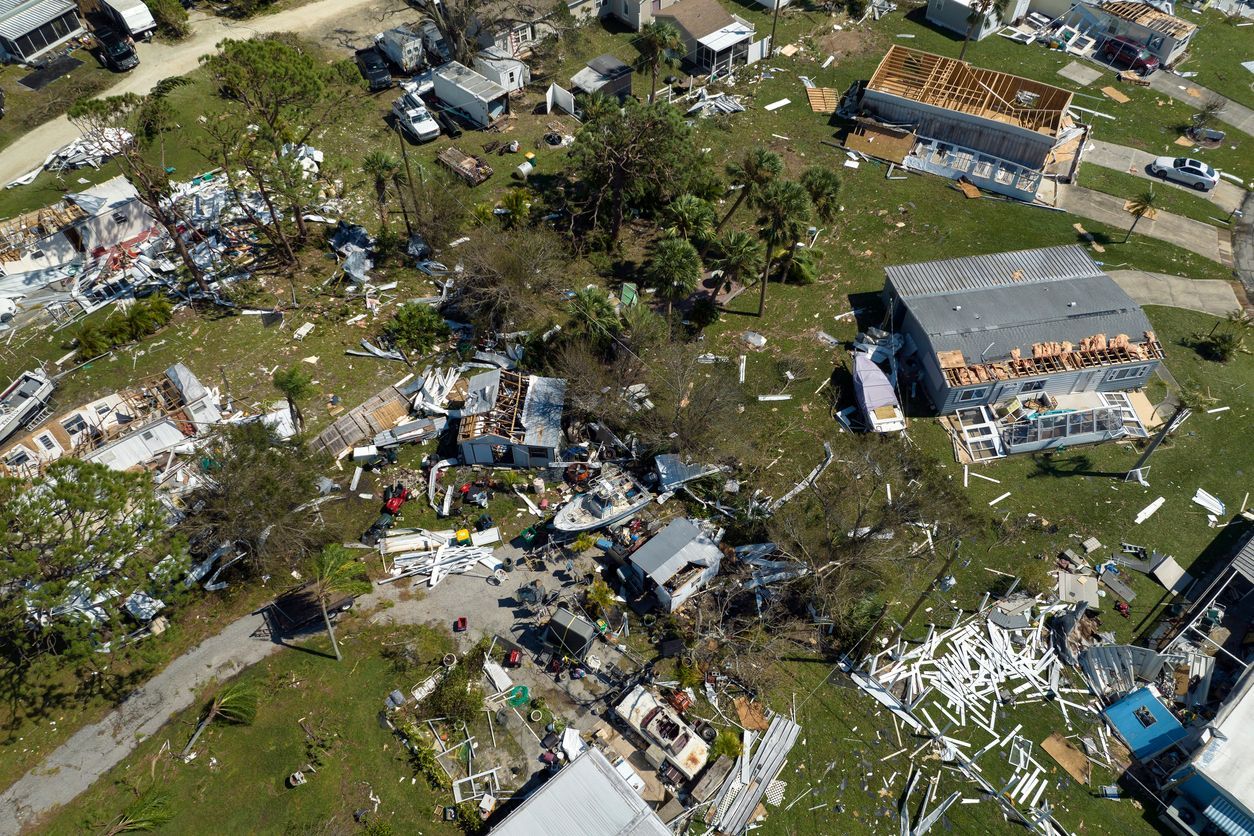The Best Time to Plan for a Storm Shelter: Before You Move In
Buying or building a home is one of the biggest milestones in life. It’s exciting, overwhelming, and full of decisions — from floor plans and flooring to paint colors and kitchen upgrades. But while you’re picking finishes and thinking about where the couch will go, there’s one decision that deserves just as much attention: your family’s safety during a tornado.
For families moving into tornado-prone regions, a storm shelter isn’t just an add-on — it’s a necessity. And the best time to install one isn’t after you’ve moved in, but before the first box is ever unpacked.
In this blog, we’ll walk through why planning for your storm shelter before move-in day is the smartest and safest choice you can make.
Tornadoes Don’t Wait Until You’re Settled
It’s easy to think, “We’ll handle the storm shelter later.” After all, moving into a new home comes with a long to-do list. But here’s the truth: tornadoes don’t wait for you to get settled.
In tornado alley, severe storms hit in two major waves: spring (March–May) and fall (November–December). That means your family could face a tornado threat just days after you move in.
Imagine your first week in your new home. The sirens go off in the middle of the night, and you realize you have no basement, no safe room, and no real plan. Instead of excitement, your new home becomes a source of anxiety. Planning ahead eliminates that risk and gives you peace of mind from day one.
Why New Builds Are the Perfect Time
If you’re building a new home, there’s no better time to install a shelter. Here’s why:
1. Easier Installation
Before the landscaping, driveway, or garage floors are finished, contractors have easier access to the property for excavation and installation. Adding a shelter during this stage avoids the need for costly modifications later.
2. Cost Savings
When heavy equipment and crews are already on-site, it often lowers the cost of installing a shelter. Think of it like bundling a project — doing it upfront usually means fewer trips, less disruption, and reduced labor expenses.
3. Seamless Integration
Planning early means your shelter can be built exactly where it makes the most sense: under the garage, in the backyard, or even as part of the home’s interior layout. Instead of sticking out as an afterthought, it becomes a natural part of the property.
Moving Into an Existing Home? Don’t Wait.
Even if you’re not building, moving into a pre-owned home is still a prime opportunity. Before furniture is in place, yards are landscaped, or storage fills the garage, it’s far easier to add a shelter.
Think of it as part of your move-in checklist. Alongside setting up utilities and changing locks, ensuring your family has a storm-ready plan should be a priority. Once life gets busy, projects like this often get pushed down the road. Unfortunately, storms won’t wait.
Why a Closet or Bathroom Isn’t Enough
Many homeowners believe an interior closet or bathroom is a “safe space.” While these areas can offer limited protection, they are not designed to withstand EF-4 or EF-5 tornadoes.
- Walls and Roofs Collapse: Even interior walls are no match for high winds and flying debris.
- Flying Debris Is Deadly: In major tornadoes, two-by-fours, tree limbs, and even vehicles can become airborne missiles.
- Nighttime Storms Increase Risk: Many tornadoes in Alabama strike at night, leaving families with little warning and no time to react.
The reality is sobering: without a reinforced shelter, your home simply cannot guarantee safety during the most severe storms.
The Family Factor: Protecting What Matters Most
For families with children, the decision to add a shelter often becomes personal. Parents know how frightening storms can be for kids. Sirens, high winds, and power outages trigger panic.
Having a dedicated storm shelter changes the entire experience. Instead of rushing into a hallway or bathroom, your family calmly goes to a space designed for their safety. Children feel reassured knowing there’s a “safe room” just for them. Parents feel peace of mind knowing they’ve done everything possible to protect their loved ones.
Grandparents and extended families also benefit. In many storm-prone communities, shelters become a gathering place during warnings. Neighbors or loved ones know where to go — and you know everyone is safe together.
Adding Value to Your Home
A storm shelter isn’t just about safety. It’s also a long-term investment in your property.
- Resale Value: Many buyers in tornado-prone areas see shelters as a must-have feature. Installing one now can make your home more attractive when it’s time to sell.
- Insurance Discussions: While not all policies reduce premiums for shelters, many insurance agents encourage them as part of a comprehensive risk plan. Having one can strengthen your coverage conversations.
- Future-Proofing: As severe weather becomes more frequent, having a built-in safe space ensures your home remains marketable and secure.
Common Myths About Storm Shelters
Before moving forward, let’s tackle some of the most common myths that stop families from acting:
- “I’ll never need it.”
Tornadoes don’t discriminate. Communities that haven’t seen a tornado in decades can be struck tomorrow. - “I can’t afford it.”
Storm shelters are available in multiple sizes and price ranges. When compared to the value of a life — or the cost of rebuilding a home — the investment is small. - “I’ll do it later.”
Later often turns into never. Many families only make the decision after a storm devastates their community. Don’t wait until tragedy forces your hand.
Peace of Mind from Day One
Moving into a new home is about more than walls and furniture. It’s about creating a place where your family feels safe and secure. By planning for a shelter before you move in, you give your loved ones something priceless: peace of mind.
Every storm season, families across the South say the same thing: “We thought we’d have more time.” But safety isn’t something to put off. Installing a StormVault Shelter ensures that no matter what comes your way, you’re ready.
Final Thoughts: Don’t Leave Safety Off the Checklist
When you buy or build a home, you’re planning for the long term — schools, neighborhoods, and financial stability. Storm protection should be just as much a part of that vision.
The best time to install a shelter is before you move in, when the process is simpler, faster, and more cost-effective. But more importantly, it ensures that from the very first day in your new home, your family is protected.
Don’t wait until the sirens sound. Don’t wait until neighbors are rebuilding. Don’t wait until the next storm season.
Your home is replaceable. Your family is not.
📞 Ready to plan ahead? Contact StormVault Shelters today to learn how we can help you protect what matters most — before the first storm ever rolls in. Visit stormvaultshelters.com or call us to get started.
